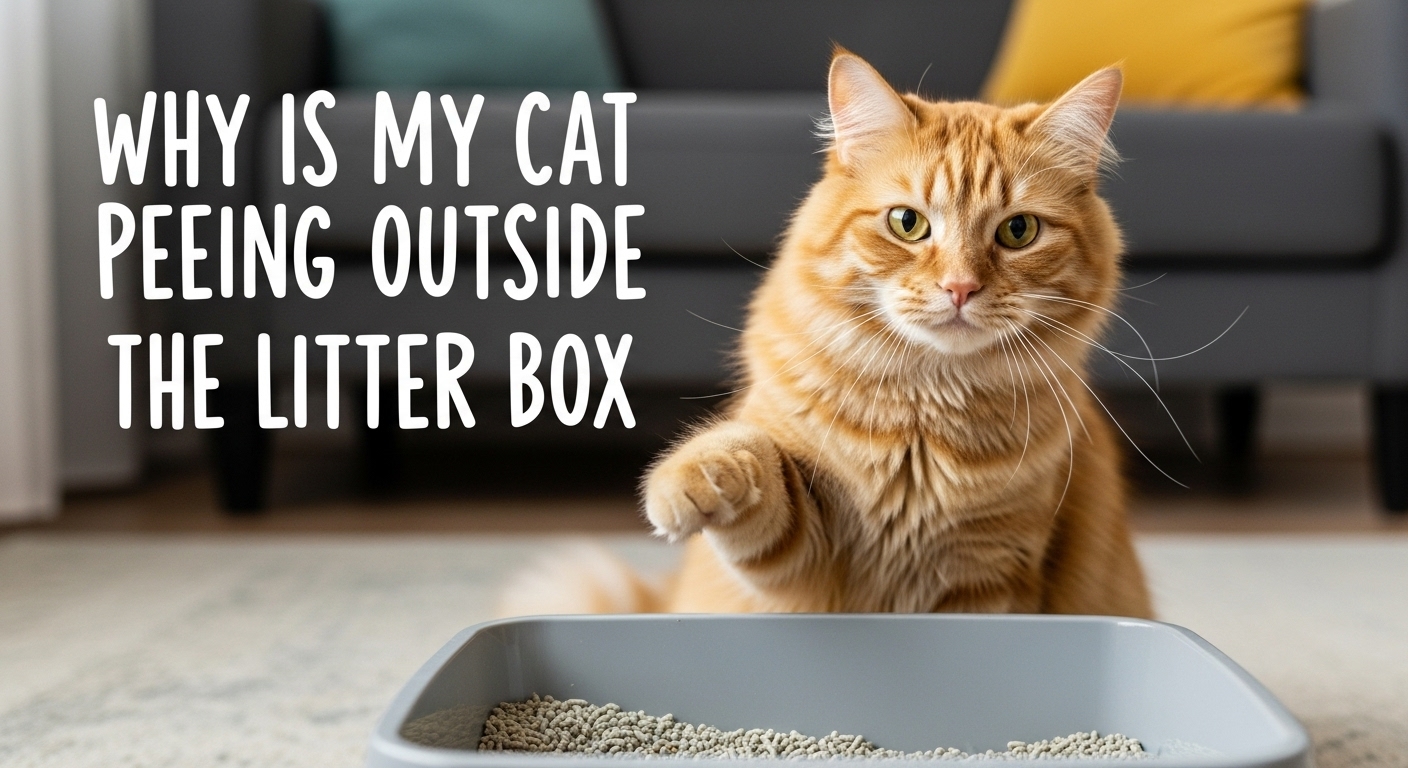When Love Meets Worry
If you’re here searching “why is my cat peeing outside the litter box,” chances are you’re feeling worried, frustrated, or maybe even heartbroken. You adore your cat. You’ve given them toys, food, cuddles, and a safe home. But suddenly, you find a wet spot on the carpet, the bed, or even your clothes. It’s not just an inconvenience—it feels like a cry for help. Many cat parents start to fear they’ve done something wrong, or worse, that their cat is unhappy with them.
The truth is, inappropriate urination is one of the most common behavioral problems in cats—and, tragically, one of the leading reasons cats are surrendered to shelters. But here’s the comforting news: your cat isn’t trying to spite you. They’re trying to tell you something. When a cat suddenly stops using the litter box, it’s rarely “bad behavior.” It’s a signal that something is wrong, either medically, environmentally, or emotionally.
This article will guide you step by step—starting with the most urgent possibilities (health problems) and moving into other causes like litter box setup, stress, and territorial behavior. We’ll also walk through proven solutions so you can restore peace in your home—and, most importantly, your bond with your beloved cat.
Medical Causes: The First Thing You Must Rule Out
Before changing litter brands, buying new boxes, or rearranging your house, you need to understand one critical fact: when a cat pees outside the litter box, medical issues should always be ruled out first. Cats are masters at hiding pain and illness. Often, the only clue you’ll get is a change in bathroom habits.
Think about it: if urinating suddenly becomes painful, urgent, or difficult, your cat may start associating the litter box with discomfort. Or they may simply not make it in time. That puddle on the floor isn’t defiance—it may be a cry for relief.
Here are the most common medical reasons cats pee outside the litter box:
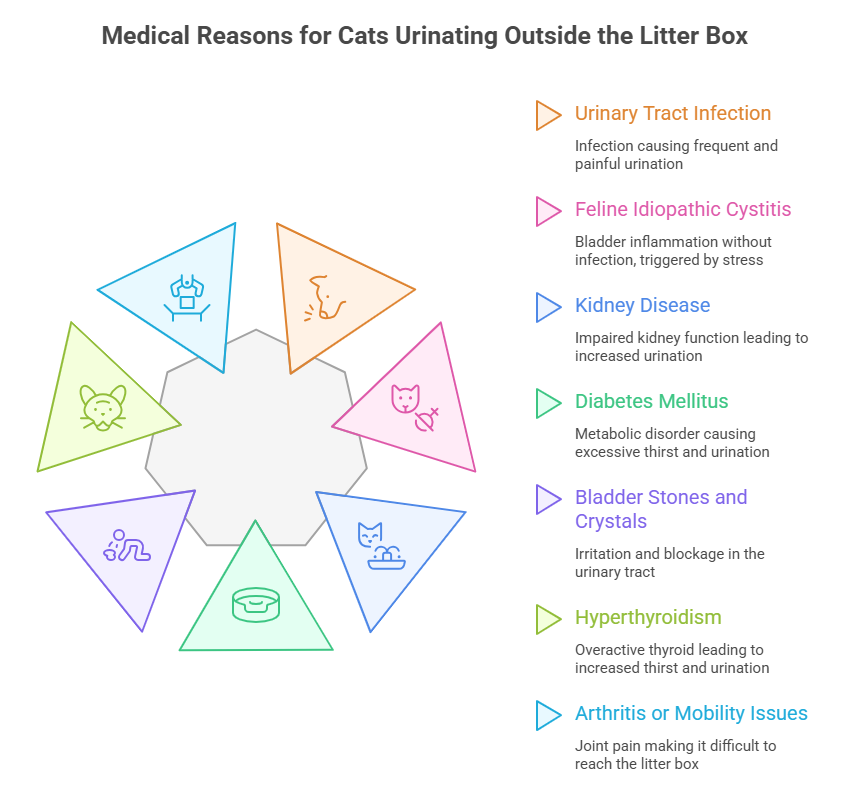
1. Urinary Tract Infection (UTI)
A urinary tract infection can cause burning, urgency, and frequent small urinations. If your cat squats often but produces only a few drops—or meows while peeing—this is a red flag. UTIs are uncomfortable and can quickly worsen if untreated.
2. Feline Idiopathic Cystitis (FIC) / FLUTD
One of the leading causes of feline urinary problems is Feline Idiopathic Cystitis (FIC), part of a group of conditions known as Feline Lower Urinary Tract Disease (FLUTD). FIC causes bladder inflammation without infection. Cats with FIC may strain to urinate, lick their genital area, or pee outside the box due to the pain. Stress often triggers flare-ups, making it a condition where medical and behavioral causes overlap.
3. Kidney Disease
Chronic kidney disease is especially common in older cats. Diseased kidneys can’t concentrate urine properly, causing your cat to drink more water and urinate more often. Sometimes they simply can’t hold it until reaching the litter box. Finding large, frequent puddles may be a sign.
4. Diabetes Mellitus
Similar to kidney disease, diabetes causes excessive thirst and urination. If your cat suddenly drinks bowl after bowl of water and has accidents around the house, diabetes may be the culprit. Untreated, it’s life-threatening—so a vet visit is urgent.
5. Bladder Stones and Crystals
Crystals in the urine (crystalluria) and bladder stones can physically irritate the bladder lining, cause painful urination, or even block the urinary tract (a medical emergency, especially in male cats). Cats may avoid the litter box if they associate it with pain—or they may desperately try to pee anywhere, but only dribble small amounts.
6. Hyperthyroidism
Older cats commonly develop hyperthyroidism, which speeds up their metabolism. One side effect? Increased thirst and urination. This can make accidents more likely.
7. Arthritis or Mobility Issues
Sometimes the problem isn’t the bladder at all—it’s the joints. Arthritic cats may find it hard to climb into a high-sided litter box, or painful to walk across the house to get there. Imagine being in pain every time you try to reach the toilet; you’d probably look for an easier spot too.
You may also like: Can Cat Have Peanut Butter? Risks, Safety & Alternatives
The Emotional Side for Cat Parents
Hearing that your cat may be sick can feel overwhelming. Many owners blame themselves: “I should have noticed sooner” or “I must have stressed them out.” But it’s important to remember—you’re not at fault. Cats are experts at masking discomfort. Even the most attentive owner can miss the early signs.
What matters now is action. If your cat is peeing outside the litter box, the most loving step you can take is scheduling a vet appointment. A simple urinalysis, blood test, or physical exam can reveal if something deeper is going on. Many of these conditions, once diagnosed, can be managed with medication, diet changes, or supportive care.
When the Litter Box Becomes the Problem
After your vet rules out medical causes, the next question naturally arises: “If my cat is healthy, why is my cat peeing outside the litter box?” The answer often lies in the litter box itself.
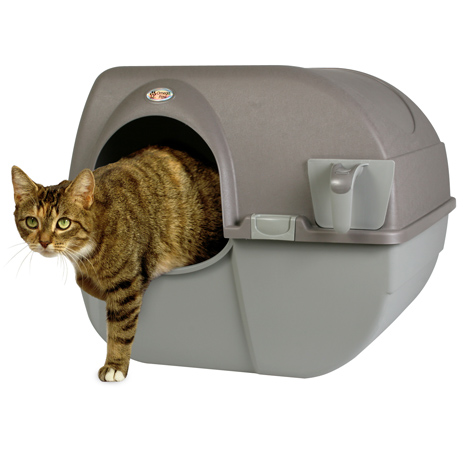
Cats are extremely particular about their bathroom habits. To us, a box of sand may seem simple. But to a cat, every detail—the cleanliness, the smell, the size, the location—matters deeply. If even one factor feels “off,” your cat may choose the couch, the rug, or the corner of the bedroom instead.
Imagine yourself needing to use a restroom that smells foul, hasn’t been cleaned in days, and is placed in the middle of a noisy hallway. You’d avoid it too. Cats are no different.
Here are the most common litter box problems that push cats away:
1. Cleanliness (or Lack of It)
Cats are naturally clean animals. A dirty litter box is one of the biggest triggers for inappropriate urination in cats. If waste isn’t scooped daily, or if the entire box isn’t cleaned weekly, your cat may refuse to step inside.
Tip: Scoop at least once a day, preferably twice. Wash the box with mild, unscented soap weekly.
2. Not Enough Boxes
In multi-cat households, sharing can cause conflict. The golden rule is: number of cats + one = number of litter boxes. Two cats need three boxes, three cats need four, and so on. If cats are forced to compete, the shy or submissive cat may pee elsewhere to avoid confrontation.
3. The Wrong Litter
Not all litter is created equal—and not all cats like the same kind. Many cats dislike scented litters, artificial dyes, or pellet-style textures. Most prefer unscented, clumping litter with a soft, sandy feel. If you’ve recently changed litter brands and noticed problems, that may be the cause.

4. The Wrong Box
Covered boxes, small boxes, or boxes with liners can make some cats uncomfortable. A covered box may trap odors, restrict visibility, or make your cat feel cornered—especially if another cat ambushes them. Senior or arthritic cats may struggle with boxes that have high sides.
5. Location, Location, Location
Cats crave privacy and safety when they do their business. Placing the box next to a washing machine, heater, or in a high-traffic hallway is stressful. On the other hand, putting it too far away (like in a basement) may discourage use because it’s inconvenient. The ideal spot? Quiet, private, easily accessible.
Stress and Anxiety: The Silent Triggers
Even with the perfect litter setup, some cats still pee outside the box. Why? Because cats are emotional creatures. Stress and anxiety often manifest in the form of inappropriate urination.
If your cat has always been litter box–trained and suddenly changes, ask yourself: “What has changed in their world?” Cats thrive on routine. Even small disruptions can unsettle them.
Common Stress Triggers:
- Environmental changes: Moving to a new home, rearranging furniture, loud construction noise, or even a new vacuum cleaner can unsettle your cat.
- Social changes: The addition of a new pet, the loss of a companion, or even a new baby in the household can throw your cat off balance.
- Absence of the owner: Cats form strong bonds. Extended vacations, work travel, or even long work hours may lead to separation anxiety.
- Inter-cat conflict: In multi-cat homes, bullying or territorial disputes can prevent a shy cat from reaching the litter box.
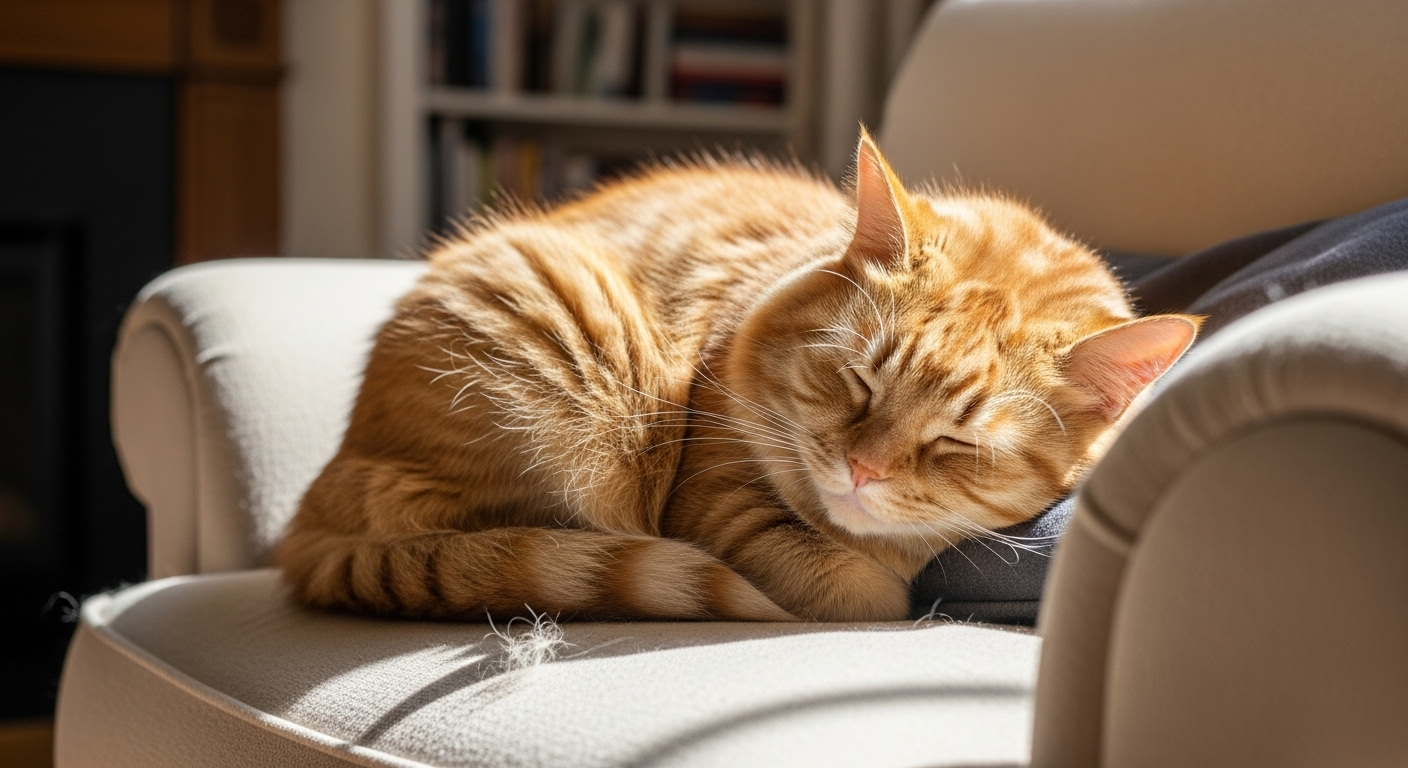
The Emotional Layer for Cat Parents
As a cat parent, it can feel devastating when your cat pees on your bed, your clothes, or your favorite rug. Many owners interpret it as anger or revenge. In reality, it’s often anxiety or a cry for reassurance.
For example, a cat peeing on its owner’s bed isn’t being “naughty.” Often, it’s an attempt to mix their scent with yours—to feel closer, safer, less alone. It’s heartbreaking, but also deeply touching if you see it from their perspective.
When you frame it this way, inappropriate urination becomes less of a “problem to punish” and more of a “message to decode.” Your cat is saying: “I’m scared. I need comfort. Please understand me.”
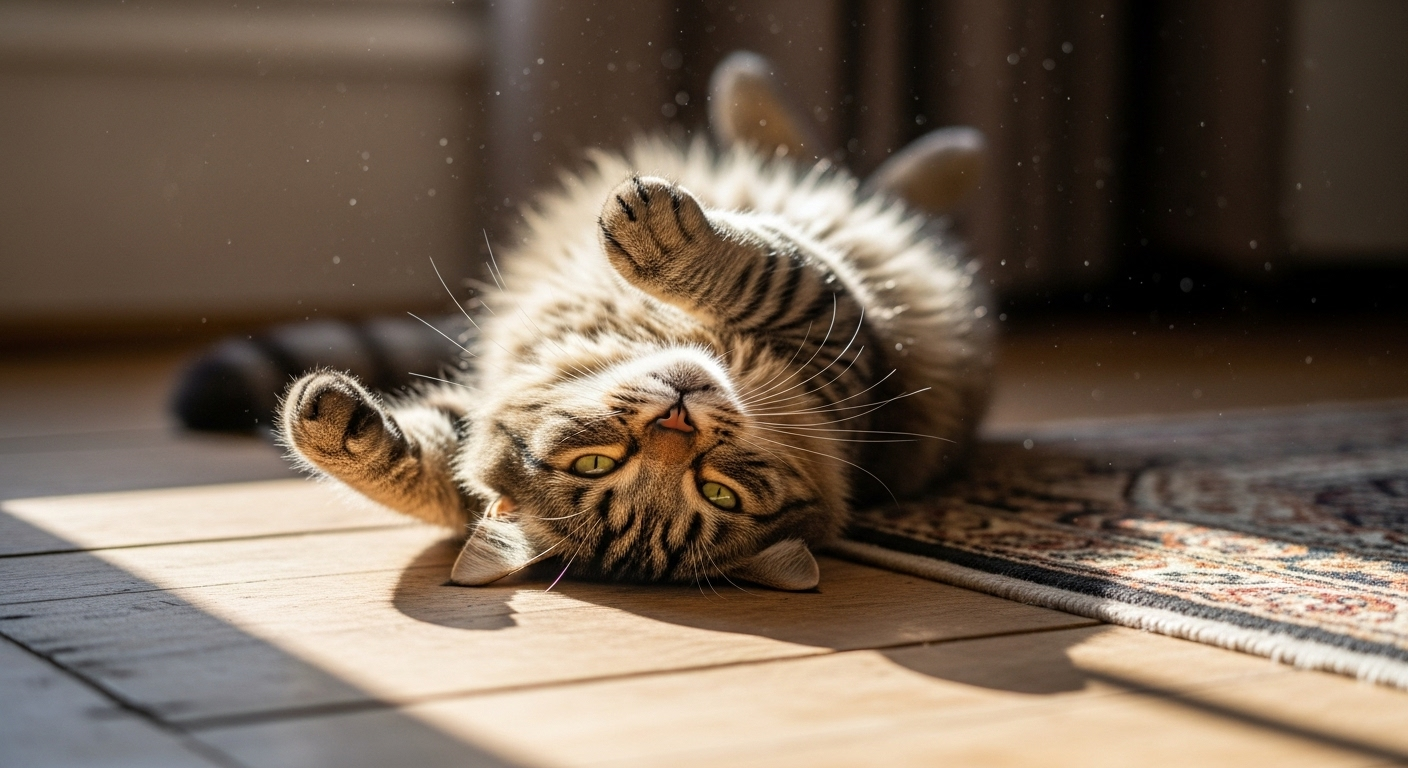
How Stress Leads to Peeing Outside the Box
Stress can actually cause physical changes. Remember Feline Idiopathic Cystitis (FIC) from Part 1? Stress is a major trigger. Even without medical illness, stress alters hormone levels, increases bladder inflammation, and makes urination painful. So when your cat is anxious, their body reinforces the problem.
This cycle means addressing stress is not just about behavior—it’s about protecting their health.
A Compassionate View
It’s easy to get frustrated when you’re constantly cleaning up messes. But when you stop and see the world through your cat’s eyes—how sensitive they are, how much they rely on routine—you’ll realize this isn’t rebellion. It’s vulnerability.
And as their human, the one they trust most, you have the power to restore their balance.
Marking vs. Peeing: Knowing the Difference
Sometimes cat parents ask: “Why is my cat peeing outside the litter box if I’ve already cleaned it and reduced stress?” The answer may be that it’s not really “peeing”—it’s spraying or marking.
Marking is a natural feline behavior. Unlike normal urination, where a cat squats and leaves a puddle on a flat surface, spraying happens on vertical surfaces. Your cat will back up to a wall, door, or furniture, raise their tail, and release a small stream of urine.
Why do cats spray?
- Territorial security: Cats mark to say, “This space is mine.”
- Stress triggers: A new pet, a stray cat outside the window, or even the smell of another animal on your shoes.
- Insecurity: Changes at home may make your cat feel they need to re-establish control.
Both neutered and unneutered cats can spray, though neutering reduces the tendency. Importantly, this isn’t your cat being “bad.” It’s their way of coping with a world that feels uncertain.
Step-by-Step Solutions to Stop Inappropriate Urination
1. Rebuild the Litter Box Relationship
- Provide multiple boxes: Always follow the rule—number of cats + 1.
- Choose the right litter: Unscented, clumping, soft-textured litters work best for most cats.
- Place strategically: Quiet, private, easily accessible spots. If your cat pees in a certain area, temporarily place a box there and gradually move it.
- Keep it spotless: Scoop daily, wash weekly. Cats notice more than you think.
2. Clean Accidents the Right Way
- Use enzymatic cleaners: Products like Nature’s Miracle or Urine Off break down proteins so cats can’t smell the spot again.
- Never use ammonia-based cleaners: Urine already smells like ammonia—these products may actually attract cats back.
- Block repeat spots: Cover areas with foil, double-sided tape, or move furniture temporarily. Cats dislike certain textures under their paws.
3. Reduce Stress and Anxiety
- Pheromone diffusers: Feliway and similar products mimic calming cat scents.
- Safe zones: Give shy cats private spaces, cat trees, or cozy hideaways.
- Interactive play: Stress often melts away when cats can chase, hunt, and play daily.
- Routine: Feed, play, and cuddle at consistent times to reassure them.
- Multi-cat harmony: If bullying occurs, provide separate resources—food bowls, resting areas, and litter boxes.
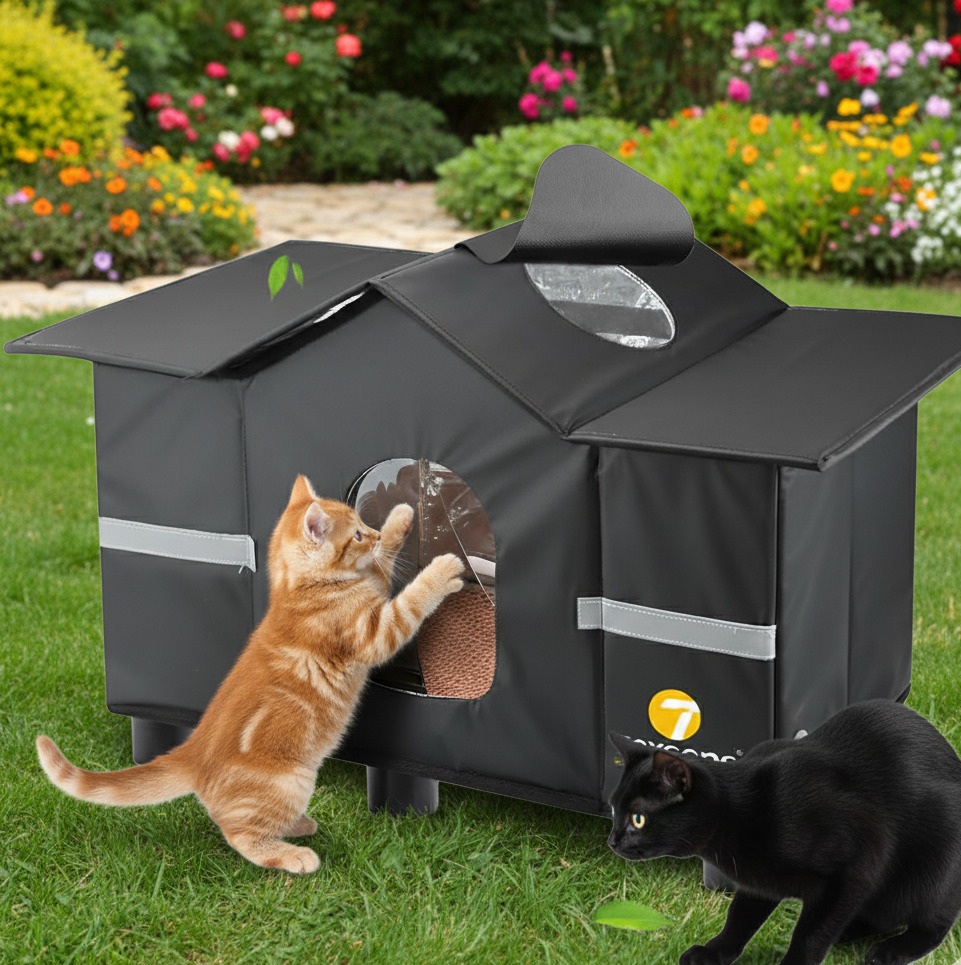
4. Address Marking Behavior
- Neuter or spay if not already done: This drastically reduces marking.
- Block visual triggers: If your cat sprays near windows or doors, cover the view of outdoor cats.
- Distract with scent: Use synthetic pheromones or place familiar bedding near sprayed areas.
5. Professional Help When Needed
If the issue persists beyond a month despite your best efforts:
- Veterinarian: Ask about anti-anxiety or pain management medications.
- Behaviorist: Certified feline behavior experts can design a personalized plan.
This doesn’t mean you’ve failed—it means you care enough to seek deeper help.
What Not to Do (And Why It Hurts More Than Helps)
When frustration takes over, some owners turn to punishment. But here’s what you must avoid:
- Never rub your cat’s nose in urine or feces. This only creates fear and breaks trust.
- Never yell or scold. Cats don’t associate punishment with past behavior—they only feel confused and stressed.
- Never lock your cat in a tiny room with a litter box. This creates anxiety and worsens the issue.
- Never use ammonia cleaners. They mimic the smell of urine.
Every one of these actions can damage the deep bond between you and your cat. And in truth, your cat isn’t being disobedient—they’re trying to communicate.
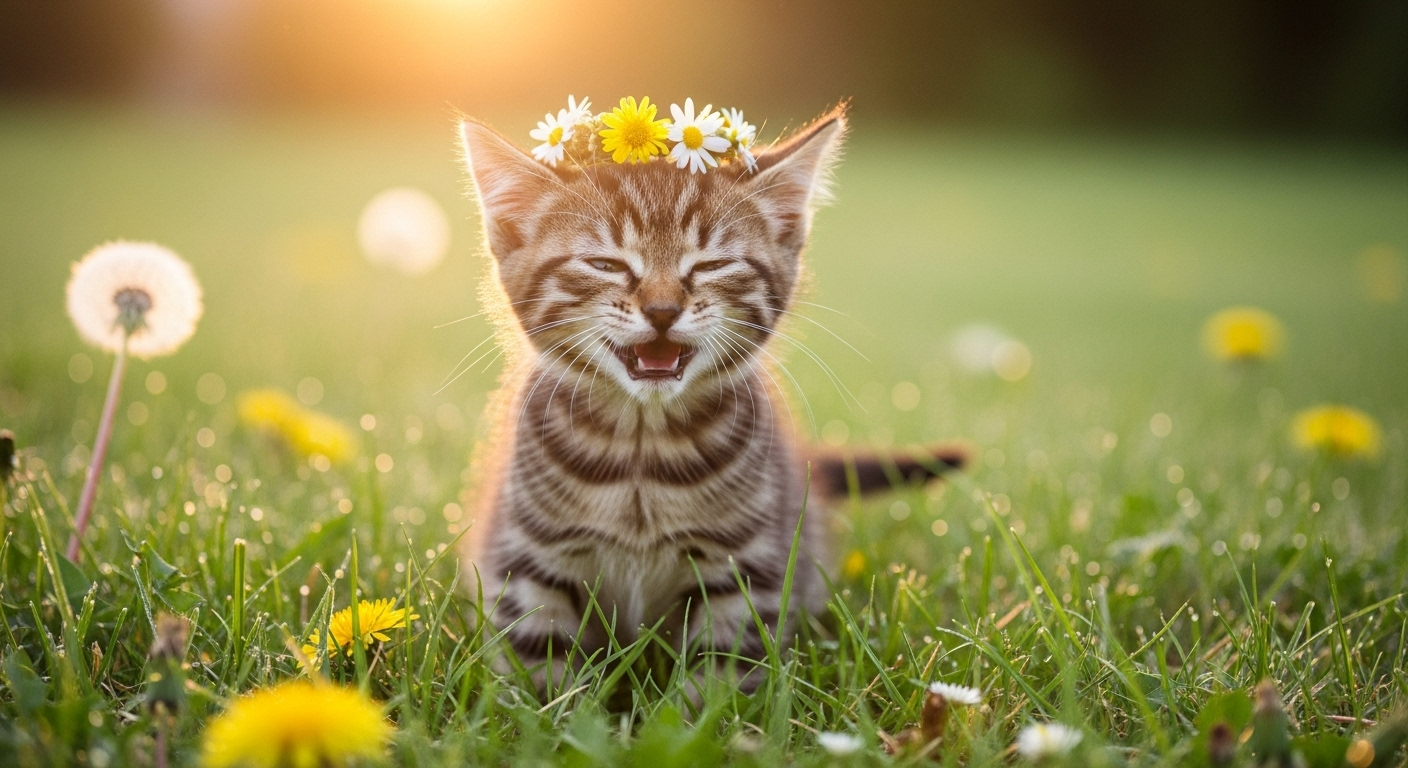
Seeing the Problem Through a Loving Lens
Think back to why you brought your cat into your life. Maybe it was for companionship, for comfort, or simply because you fell in love with their soft purr. That bond hasn’t gone away. Right now, your cat is vulnerable, confused, or uncomfortable—and they’re reaching out in the only way they know how.
Each puddle, each accident, is not a sign of defiance but a message: “I need your help.” When you respond with patience instead of punishment, with love instead of anger, you teach your cat that home is safe.
Conclusion: Healing the Bond, One Step at a Time
So, why is my cat peeing outside the litter box?
- Sometimes it’s a medical condition.
- Sometimes it’s a dirty or poorly placed litter box.
- Sometimes it’s stress, anxiety, or the instinct to mark territory.
The good news is that inappropriate urination in cats is solvable. With the right veterinary care, environmental changes, and emotional support, your cat can—and will—return to their litter box.
It takes patience, yes. But more importantly, it takes compassion. And in the end, the process of helping your cat through this challenge often deepens your relationship. You’ll discover new ways to understand them, new levels of empathy, and a stronger bond than ever before.
Because when you love a cat, you don’t just share your home—you share your heart. And that love is what turns frustration into healing.

